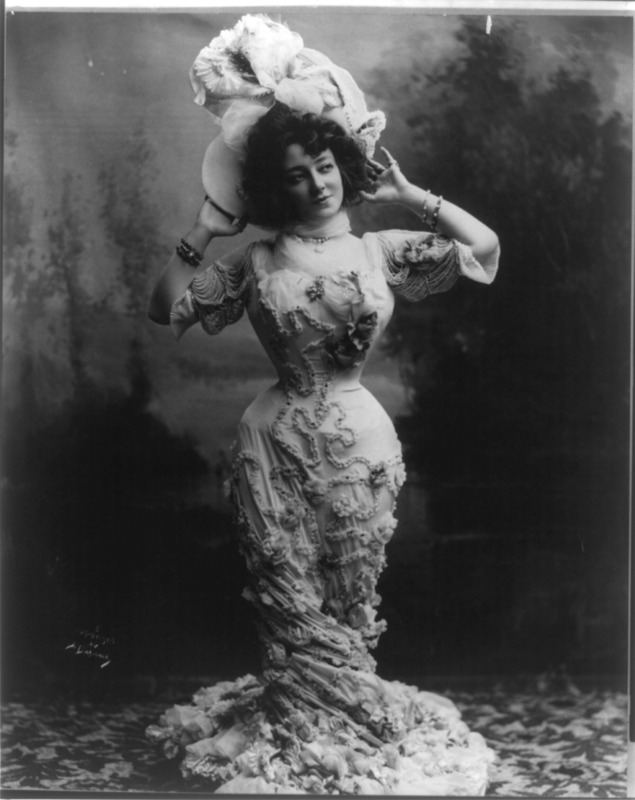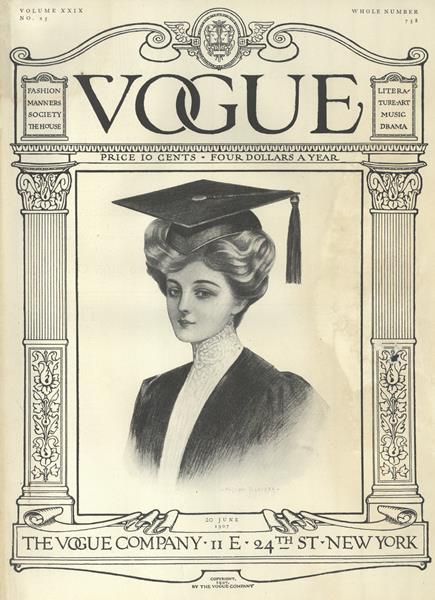❝ A girl should be two things: classy and fabulous. ❞
Coco Chanel
Fashion in the
1900s
─────────────────────────────────────────────────────────────────
The 1900s marked the end of the Victorian age. Technological and industrial advancements were at an all time rise across the world. During the Victorian Age the societal norm of the time was that women would reside at home, however with the changing of the century women were now able to get jobs outside of the home leading to a rise for more casual women's wear to become available. Additionally with the advent of mass circulation of magazines, and pattern catalogs gave women more access to fashion styles they may not have had access to before.
Victorian style continued to dominate the fashion industry, however as a greater number of women entered the workforce a new style began to become more prevalent. Previously with the Victorian style of dress it involved women wearing long skirts, tight corsets, petticoats, tighter garters, and flimsy shoes. All of these additions to the women’s clothing were meant to create an S-shaped silhouette with a thin waist and over exaggerated bust and hips. This was long an issue that many feminists, but also doctors had with the dress as women were unable to keep up with the tasks at home and was unhealthy as tightly corseted waisted re-arranged vital organs.
This led to the new style being created to serve the working class woman known as the Gibson girl. Corsets were still worn however they were made out of new materials that were better and stronger. Into the 1900s the S-shape was still prevalent however it was less restricted as in the previous Victorian era. Much still needed to be done in the form of freedoms for women’s dress in the 1900s but, women were slowly gaining more access to rights with the rising sufferage movments. Women were now able to attend some colleges and graduate schools, have an increase of property rights for married women, and the right to vote was slowly becoming available.
Vogue
Covers
From
1900s


